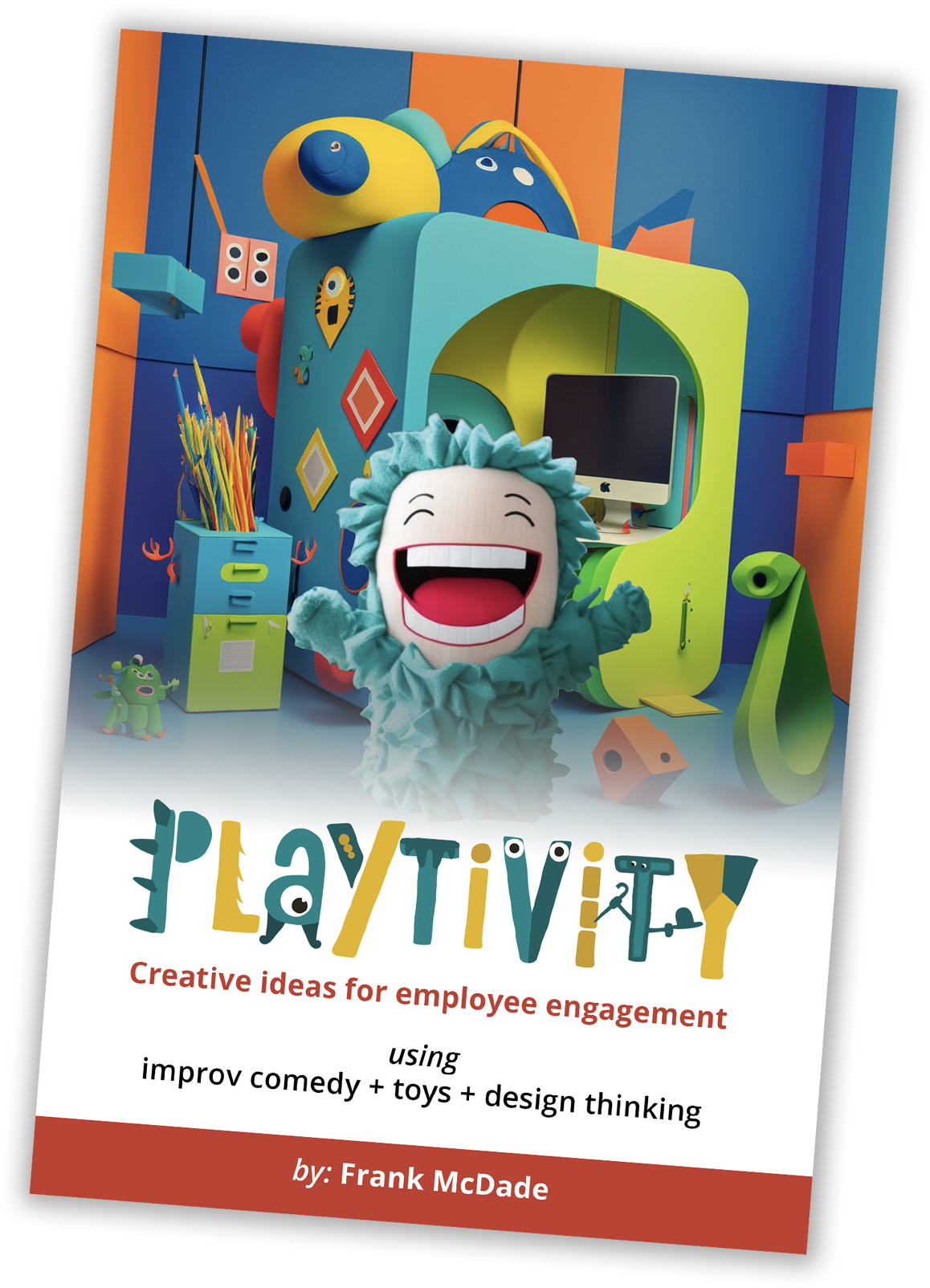Today, we’re diving into the exciting and varied types of sketches you can create for the stage. As a comedy writer and performer, I believe it’s essential to understand these forms as you craft your own unique pieces. So grab your pens and notepads, and let’s explore the colorful landscape of sketch comedy!
Types of Sketches
First off, let’s establish a key guideline: we’re aiming for scripts shorter than six pages and for this post, we’re focusing on stage performance rather than video. This keeps our work concise and punchy—perfect for live audiences who crave quick laughs!
1. Black-Outs
Black-outs are the sprinters of the sketch world. These sketches are short, often under a minute, and they end on a punchline that leaves the audience in stitches. Think of them as the quick, snappy jokes of your set—they pack a punch and leave a lasting impression.
2. Character Driven
In character-driven sketches, a big personality takes center stage. These sketches thrive on the quirks and idiosyncrasies of well-developed characters. The humor often stems from the character’s unique perspective and how they interact with their surroundings. A memorable character can elevate a simple premise into comedic gold.
3. Goofy
Goofy sketches embrace the absurd. Here, dialogue and action can take unexpected twists that defy logic. Think of exaggerated scenarios and silly antics—these sketches revel in their own ridiculousness, inviting audiences to join in on the fun without taking themselves too seriously.
4. Group Scenes
When you have more than three individuals in a sketch, you’re looking at a group scene. These sketches can create dynamic interactions, showcasing the chemistry (or chaos) that arises from a larger cast. With multiple characters, the potential for conflict and humor multiplies, giving you plenty of material to work with.
5. Musical
Who doesn’t love a good song? Musical sketches incorporate original songs to enhance the storytelling. Whether it’s a heartfelt ballad or a toe-tapping number, music can add a layer of emotion and engagement that heightens the comedy.
6. Physical
Physical sketches prioritize movement and physicality over dialogue. The performers’ actions tell the story, often relying on slapstick humor, exaggerated expressions, and physical gags. These sketches can be a riot to watch—and perform—proving that sometimes, less talk means more laughs.
7. Runners
Runners are a series of short, related sketches that weave throughout a larger sketch show. They can act as thematic bookends or recurring motifs that keep the audience engaged while providing continuity. Think of them as the connecting tissue that ties your performance together.
8. Skills
In skill-focused sketches, the spotlight is on a specific talent—be it tap dancing, juggling, or some other impressive feat. These sketches showcase the performer’s abilities while weaving in humor, making for a delightful blend of entertainment and comedy.
9. Two-Person Relationship Scenes
Finally, we have two-person relationship scenes, which explore the bond or conflict between two individuals. These sketches often shine a light on the nuances of human interaction, revealing the comedy in everyday relationships. Whether it’s a romantic pairing or a friendship gone awry, the dynamics can yield rich comedic material.
Plot vs. Game
Now that we’ve covered the types of sketches, let’s discuss an important distinction: plot versus game. In the realm of sketch comedy, we’re not following a traditional plot structure; instead, we’re capturing a glimpse of time within an ongoing story. While you may have protagonists and antagonists in the broader narrative, they won’t always be present in every sketch.
The real magic happens in how you utilize “game”—the underlying comedic premise that drives your scene. Understanding the difference between plot and game is crucial for crafting sketches that resonate and entertain.
In our next installment, we’ll dive deeper into the concepts of game and how to effectively weave it into your sketches. Until then, keep those creative juices flowing and remember: comedy is all about playing with ideas and having fun. Happy writing!

